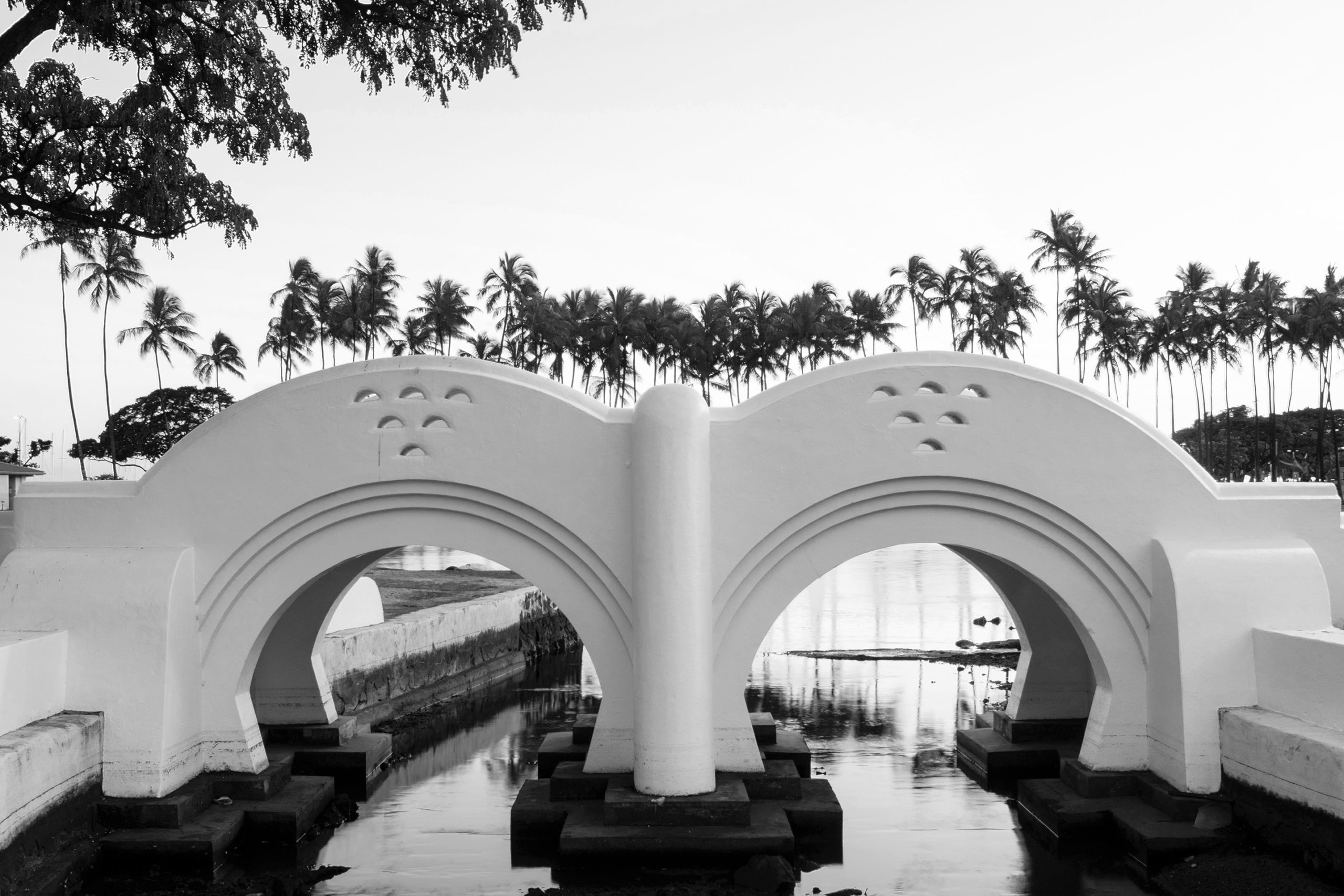Text by Timothy A. Schuler
Images by Chris Rohrer
If you ever have enjoyed the view from one of Kaua‘i’s famous single-lane bridges, felt the world drop away as you wended your way to the summit of Haleakalā, or basked in the sun at Ala Moana Beach Park in Honolulu, then you have benefitted from the legacy left by the New Deal in Hawai‘i.
Although not yet a state when President Franklin D. Roosevelt launched the first New Deal programs in 1933, Hawai‘i was the site of more than 100 federal works projects between 1934 and 1940.
From roads, bridges, and airport runways to parks and large-scale tree-planting efforts, the New Deal touched practically every island in the archipelago. It funded improvements to infrastructure for shipping and transportation, as well as new hospitals, libraries, and post offices.
As is the case across the country, much of what was built then forms the backbone of our everyday experience.
Roosevelt’s New Deal programs have found renewed interest in the past two decades, a period of growing economic inequality and mounting concern over the human and environmental costs of a warming climate. In 2007, a group of geographers and historians at the University of California-Berkeley launched the Living New Deal to catalog and contextualize the legacy of the New Deal for the broader public.
To date, the team of now more than 40 researchers and volunteers has mapped approximately 16,500 public works completed during the Roosevelt Administration.
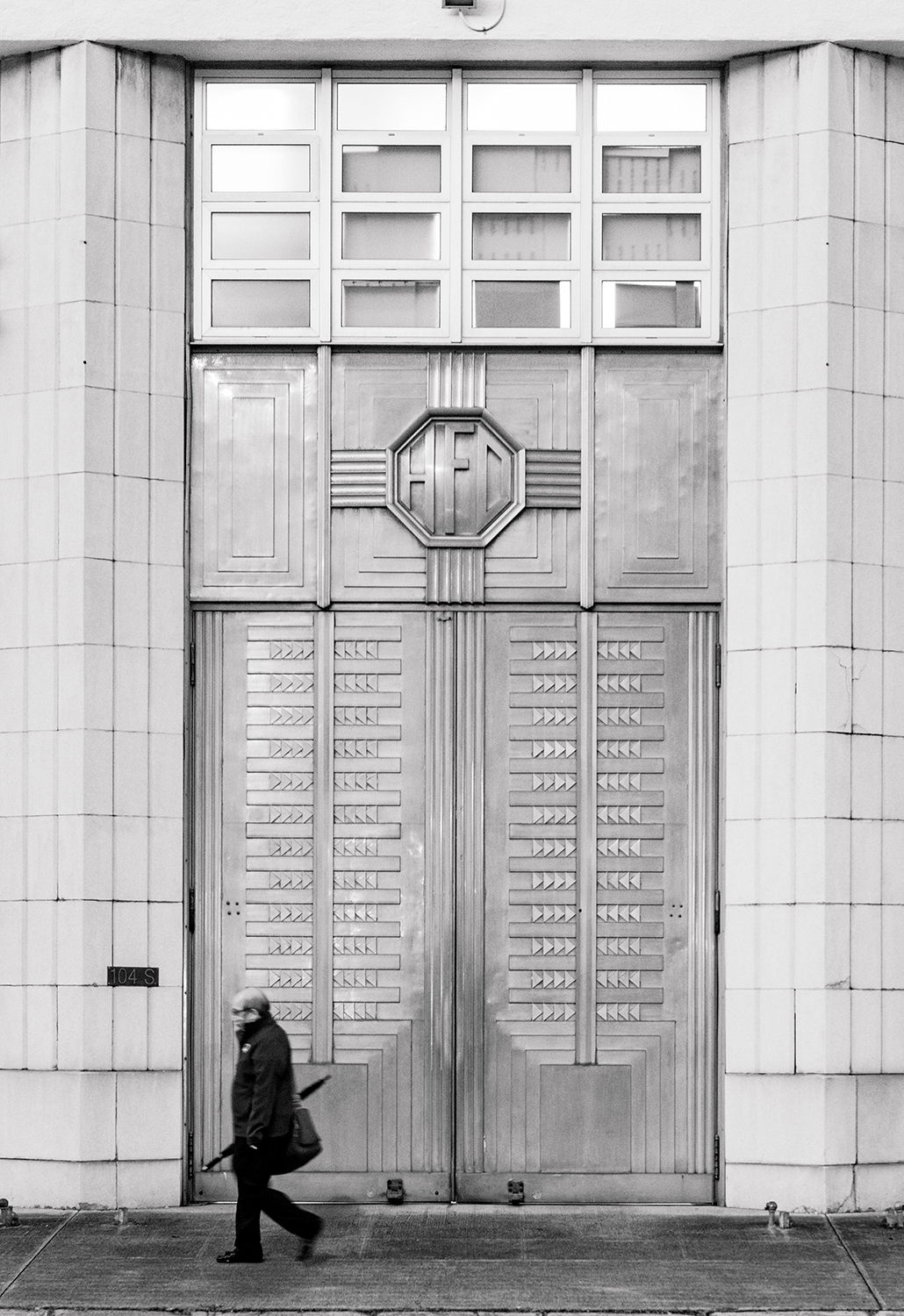
In Hawai‘i, these public works include buildings and parks designed by some of the territory’s leading architects. C.W. Dickey, who by the 1930s had cemented his reputation as one of the most influential architects on the islands, designed a new Art Deco Central Fire Station for downtown Honolulu, replacing a cut-stone building he himself helped design three decades before.
Workers employed through the Federal Emergency Relief Administration dismantled the original fire station block by giant block, and then trucked the stone to what is now Kaimukī Community Park on Wai‘alae Avenue, to be reassembled as part of a community center.
Without the New Deal, how many of Hawai‘i’s artists and architects would have abandoned their careers, or the islands, or both?
Timothy A. Schuler
Arguably the most city-defining project completed with New Deal funding was Ala Moana Beach Park, designed by the equally influential Catherine Jones Richards.
Richards was Hawai‘i’s first licensed landscape architect, and she designed some of the most iconic outdoor spaces in Honolulu, including the landscape at Doris Duke’s Shangri La and the courtyards of what is now the Honolulu Museum of Art.
Plans for a park at what is now Ala Moana originated before the Depression, when the territorial government authorized the dredging of a ship channel from Ala Wai Harbor to Kewalo Basin. With her partner (and later husband) Robert Thompson, Richards presented to the newly established Honolulu Park Board a plan that combined scenes of natural beauty and active recreation, with tennis courts, baseball fields, a dance pavilion, and a clubhouse for paddling clubs.
The design reflected both the planning ideals of its time and entrenched racial hierarchies: at the east end of the park, according to historian Robert Weyeneth Richards, proposed a “Hawaiian village” for “municipal pageants,” which, though not included in the initial construction of the park, was added after World War II in 1948.
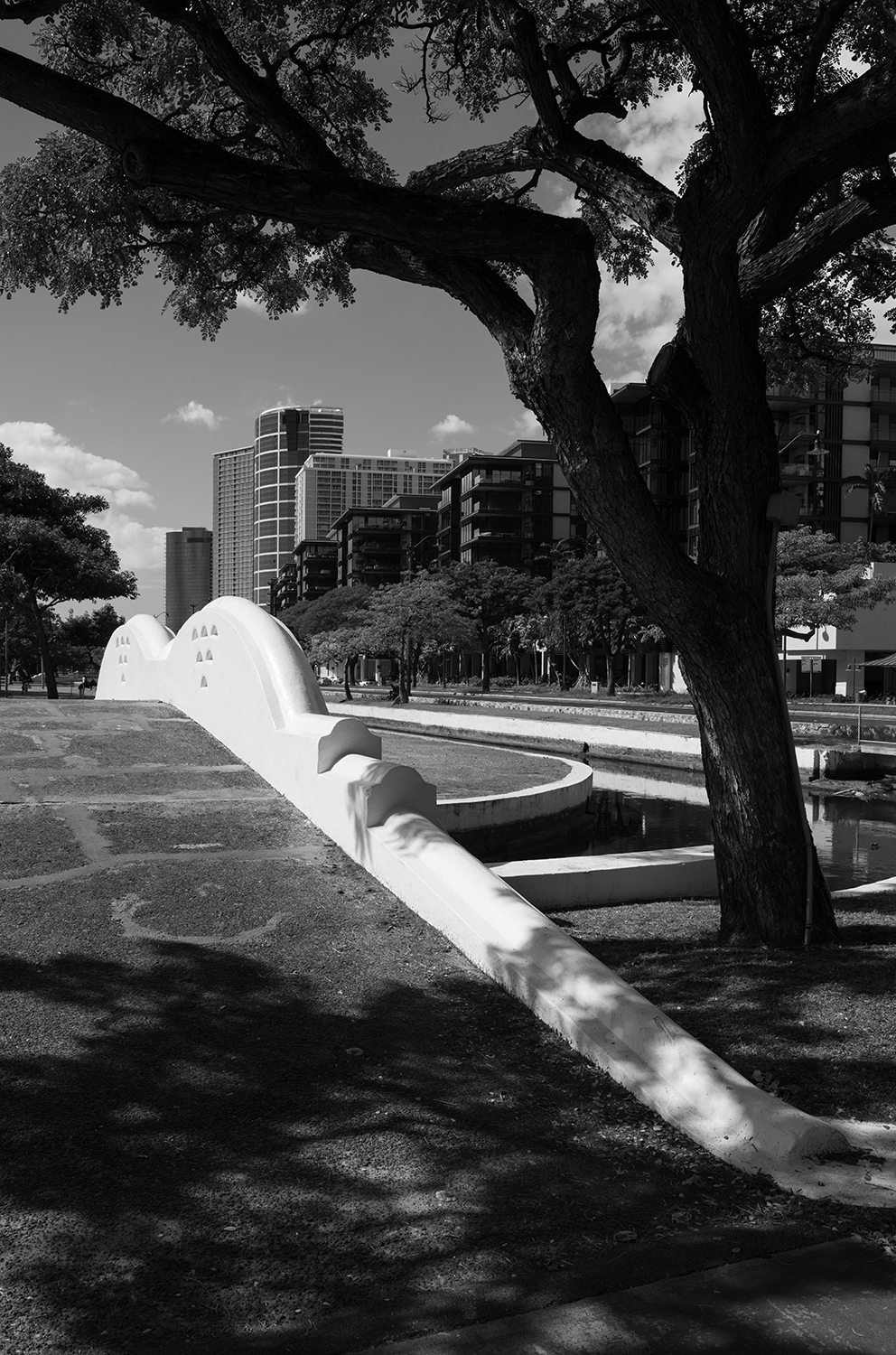
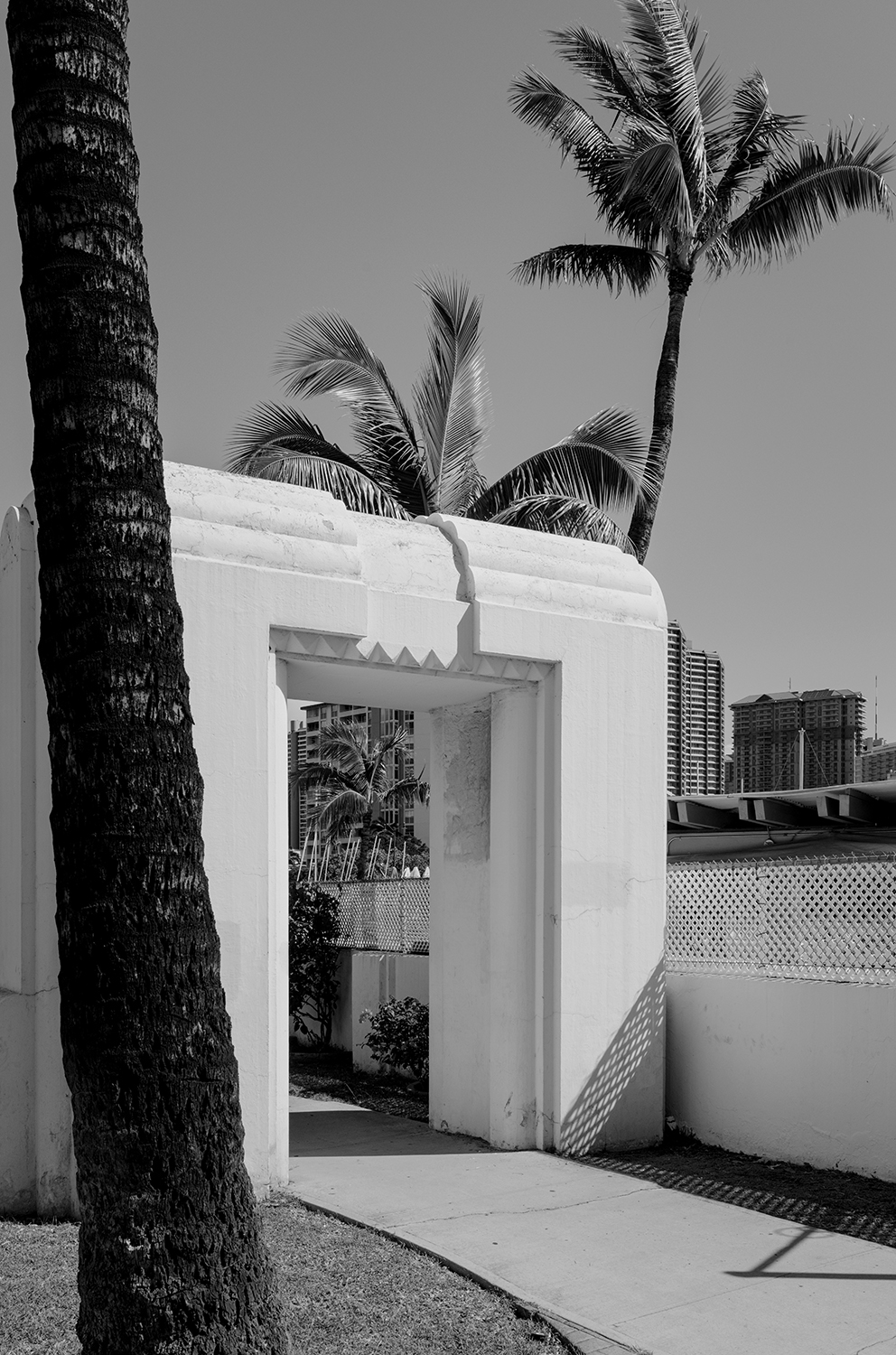
The park was built atop a reef, the shallow water filled with coral dredged from the ship channel. Work began as early as 1931, but it was federal relief funds that enabled the city to employ more than 800 laborers to spread the coral across 76 acres, laying the foundation for grassy lawns and Moderne-style pavilions. When it was completed, Ala Moana Beach Park was such a triumph of New Deal philosophy that President Roosevelt himself flew to Hawai‘i for the park’s dedication. The coral-colored gateways at the park’s east end, designed by Harry Sims Bent, are still known as the Roosevelt Portals.
We can still see and touch these spaces, along with dozens of murals and other public artworks. But for the artists and architects involved in making them, these public works were just that: work. Many artists whose names we know—Pollock, Rothko, de Kooning—were employed through initiatives like the Treasury Relief Art Program, which commissioned and curated art for federal buildings.
In Hawai‘i, artists like Marguerite Louis Blasingame and Juliet May Fraser benefitted from New Deal programs, even working side by side on a pair of murals for Hart Wood’s Board of Water Supply Engineering Building on Beretania Avenue. Without the New Deal, how many of Hawai‘i’s artists and architects would have abandoned their careers, or the islands, or both?
What could Hawai‘i look like if the federal government put the thousands of unemployed individuals to work creating beautiful public spaces that also solve some of the state’s most pressing problems?
Timothy A. Schuler
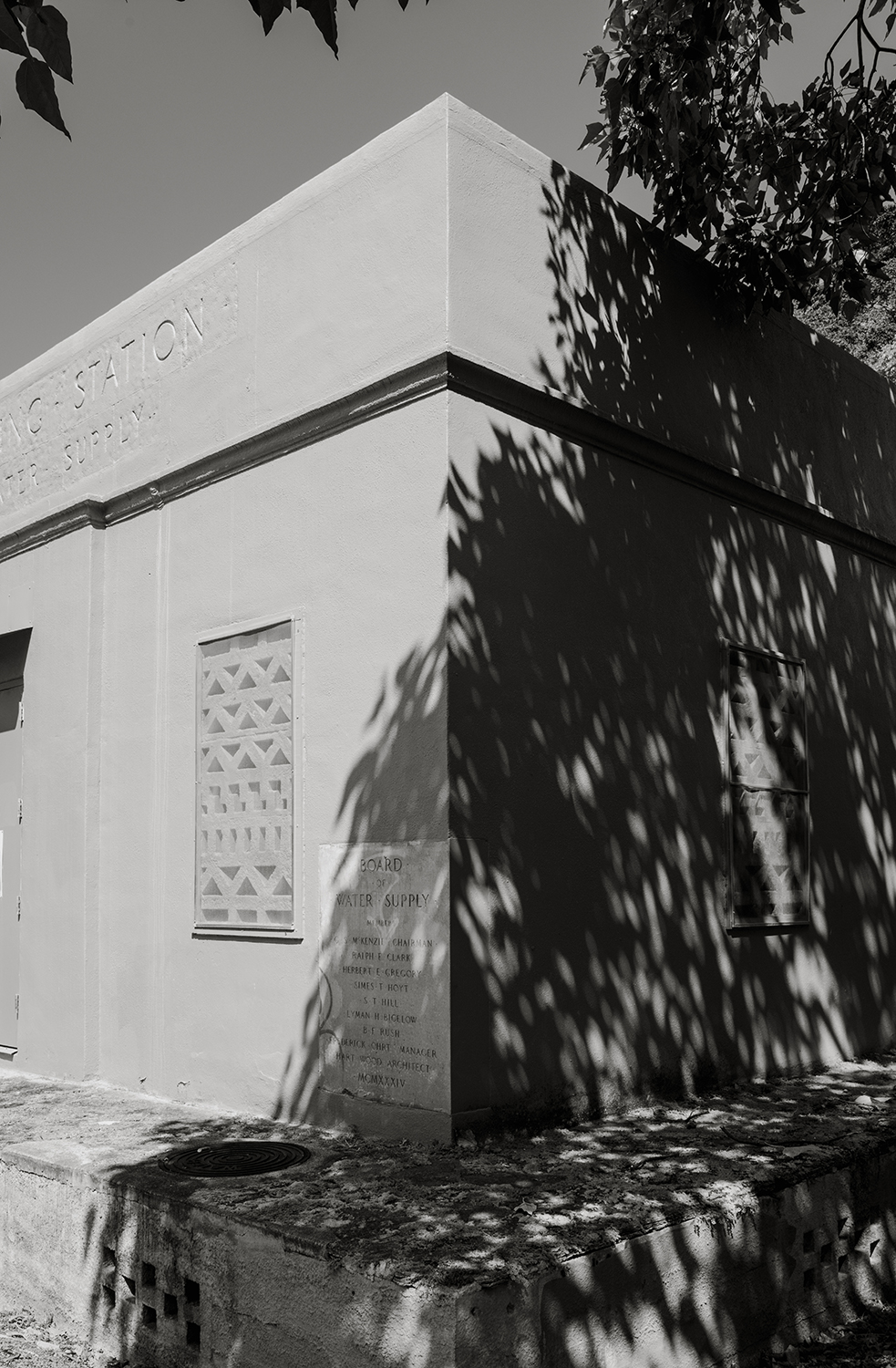
Today, Hawai‘i’s designers and artists are in an equally precarious position. In the 1930s, Hawai‘i’s unemployment rate peaked at 12.4 percent, below the national average. In April 2020, that rate was 23.8 percent, one of the country’s highest. Ten months later, the figure had fallen to roughly 10 percent, but the state is still in an unemployment crisis.
What could Hawai‘i look like if the federal government put the thousands of unemployed individuals to work creating beautiful public spaces that also solve some of the state’s most pressing problems?
It’s a question Judith Stilgenbauer finds deeply interesting. Stilgenbauer, a professor of landscape architecture at the University of Hawai‘i at Mānoa, specializes in the use of landscapes and natural systems to protect communities from climate impacts such as flooding.
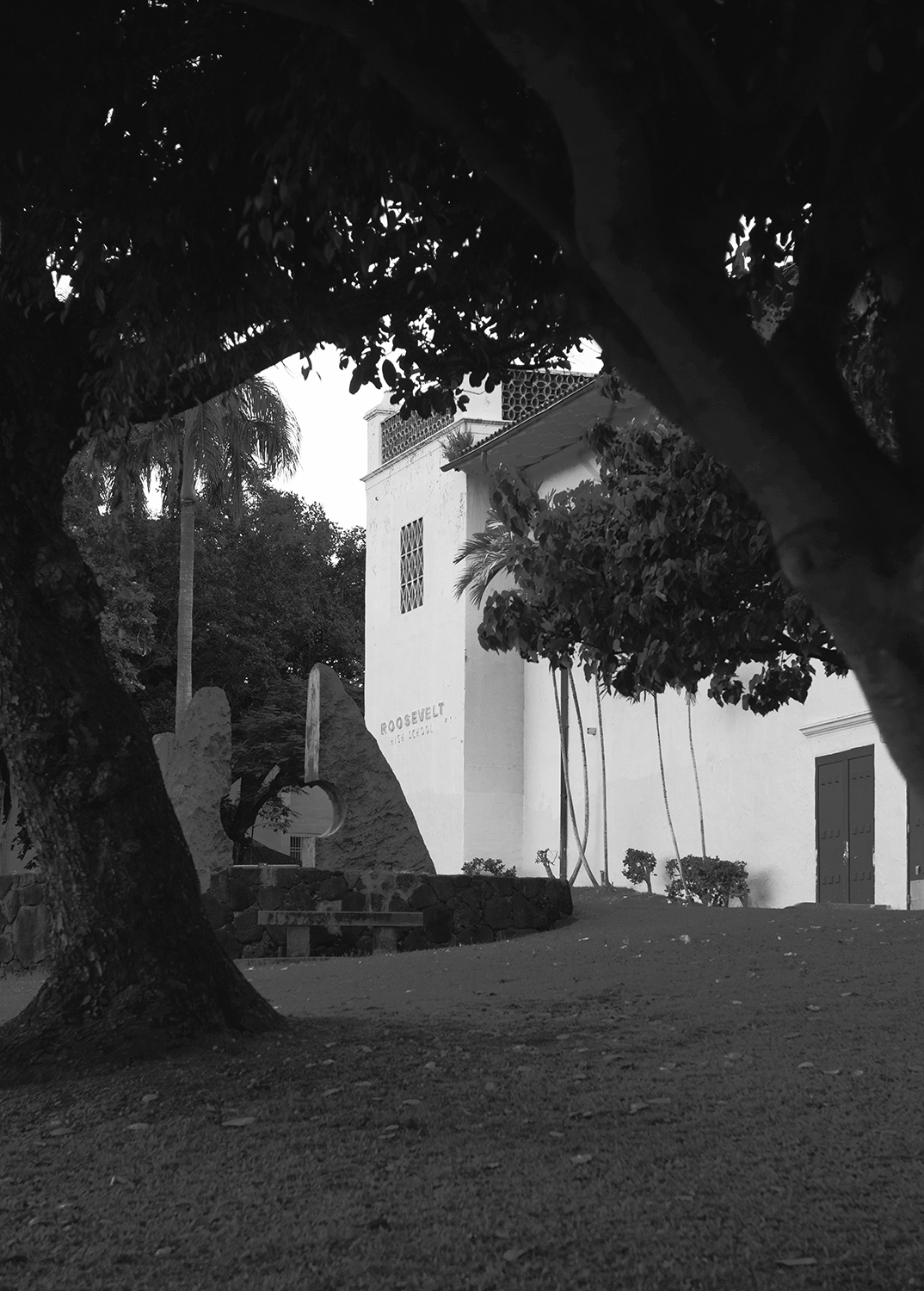
“The number one question I get when I present this type of work is, How would this be paid for and maintained?” she says. One answer, she says, could be a Green New Deal or “some other form of public works-type initiative, where you build these things and employ people to maintain them, and shift funds from investments in traditional, gray infrastructure into living, green infrastructure systems.”
Of course, in some cases, the very lava rock walls that entombed waterways like Nu‘uanu Stream and severed the relationship between Hawai‘i’s lands and waters were New Deal projects. Part of the work today is to reenvision how these systems function, and can better serve all of Hawai‘i.
Earlier this spring, Stilgenbauer was one of 150 faculty members from more than 80 universities around the world participating in what was known as the Green New Deal Superstudio.
Modeled on a traditional university design studio, the initiative asked students to treat the Green New Deal, as described by Alexandria Ocasio-Cortez in House Resolution 109, as a design brief, delivering concepts for buildings and infrastructure that could help local jurisdictions reduce carbon emissions and adapt to a changing climate while also creating high-wage jobs. It’s a tall order. Then again, evidence that such an effort can succeed is all around us.




